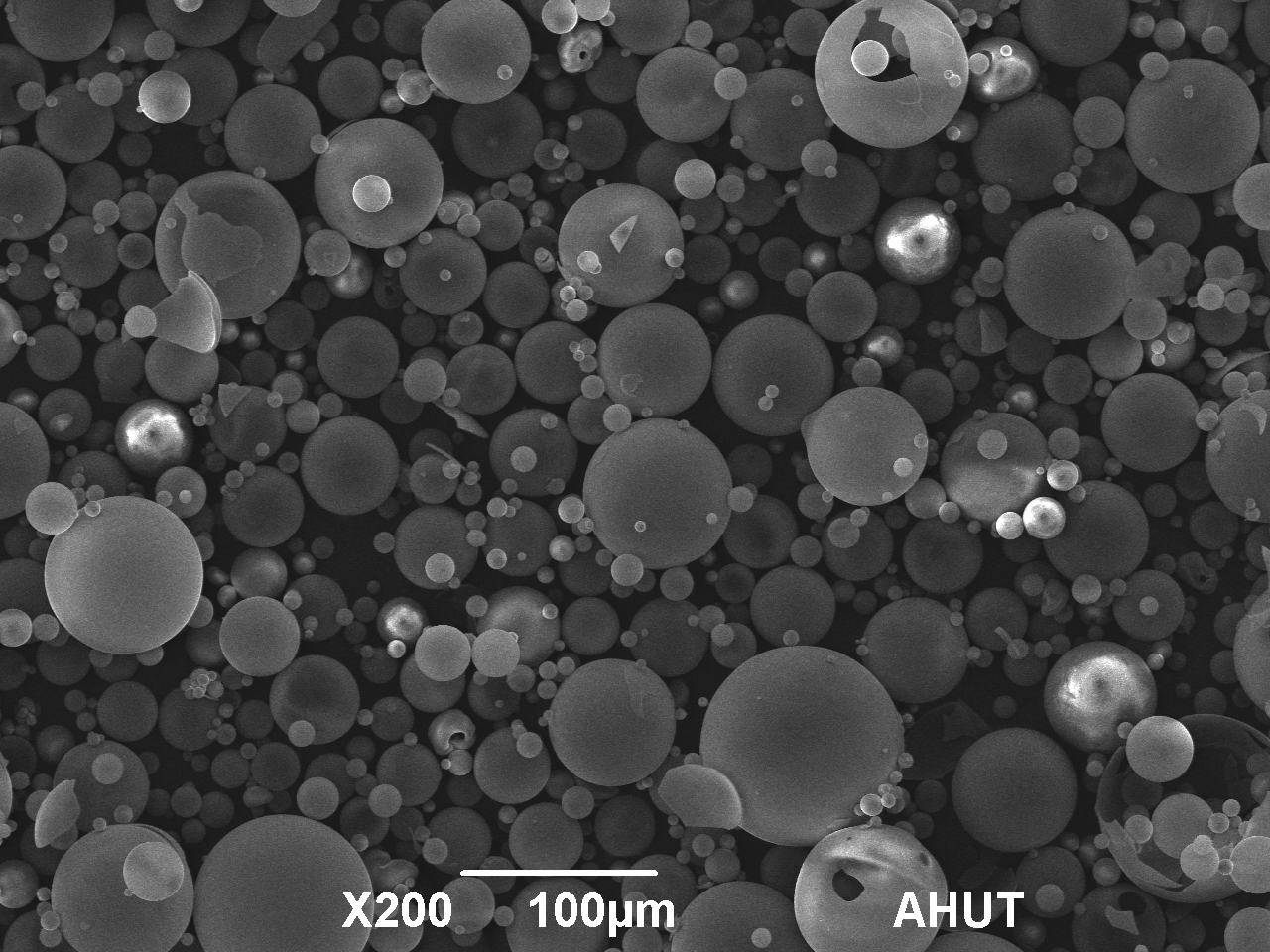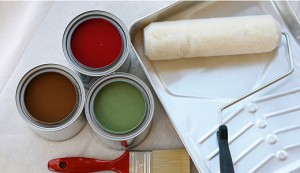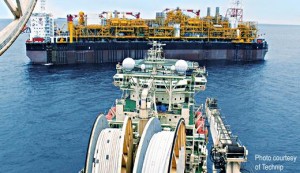Product Details:
CAS No.: 65997-17-3
Other Names: glass bubbles
MF: Soda Lime Borosilicate
Place of Origin: Anhui, China (Mainland)
Grade Standard: Industrial Grade
Purity: 100%
Appearance: pure white
Application Industrial: Chemicals Additives
Brand Name: SINOSTEEL
Model Number: T32, T40,T46, T60
True density: 0.15-0.60g/cc
Average particle size: about 30-60μm
Compressive strength: about 1.5-60MPa
Thermal conductivity: 0.03-0.06w/m.k
Detailed Product Description
1.Improve flow properties
2.A superior substitute of resin
3.Low shrinkage and warpage
4.More economical
5.Adjusting density
Application of Glass microspheres in plastic, rubber etc.
Appearance: White fine powder
Particle shape: Hollow sphere
Composition: Soda lime borosilicate quality
True density: 0.32-0.60g/cc
Average particle size:about 30-50μ
Compressive strength: about 12-60MPa
Thermal conductivity: 0.03-0.06w/m.k
1.Hollow glass microspheres are used as filler of ultra-high molecular polyethylene. It is not only used as solid lubricant in process, but can
modify the comprehensive mechanical properties of the ultra-high molecular polyethylene to improve its strength and abrasion resistance.
2.Nylon 6 with the addition of hollow glass microspheres has a higher tensile strength, impact strength, hardness and other improved mechanical
properties and can prevent the material aging caused by the light and heat. With the increase of glass microspheres content, the Martin heat-
resistant temperature of materials rises. It can used in the production of bearings, cameras,furniture and its accessories.
3.Hollow glass microspheres are added into rigid PVC to manufacture profiled materials, pipes and plates. These materials have good stability in
dimension, then their the rigidity, heat resistance, productivity will be improved.
4.Filled into ABS,this can improve the size stability of material, reduce shrinkage, improve the compressive strength and flexural modulus, and
improve the performance of the surface paint.So it can be widely used in production of TV cabinet, automotive plastic parts, audio equipments,
household appliances;
5.Filled into epoxy resin,it can reduce the material’s viscosity and improve the mechanical properties. So it can be used in production of comp-
osite foam plastic, deep-sea submarine,lifeboat, etc..
6.Filled into unsaturated polyester. It decreases the shrinkage and water absorption of materials, increase its wear resistance. Meanwhile, less
space is produced when laminated and coated. So it can be applied in production of glass-steel products, polishing wheels, tools, etc.
7.Rubber with hollow glass microsphere is a kind of good high-pressure, wide-band and sound-absorbed material. The target body made of the rubber, has
many practical advantages, such as easily producing the zero buoyancy of the target body, and thus it is suitable for making drag target; Its
good flexibility can make target body easy folding and deploying.




